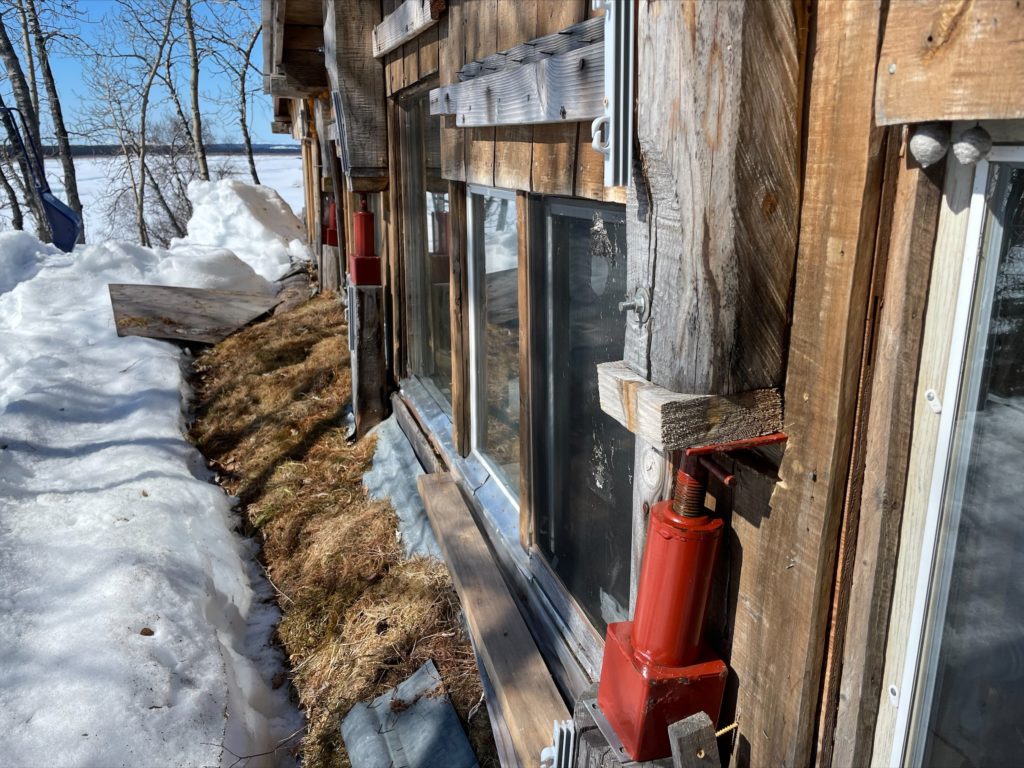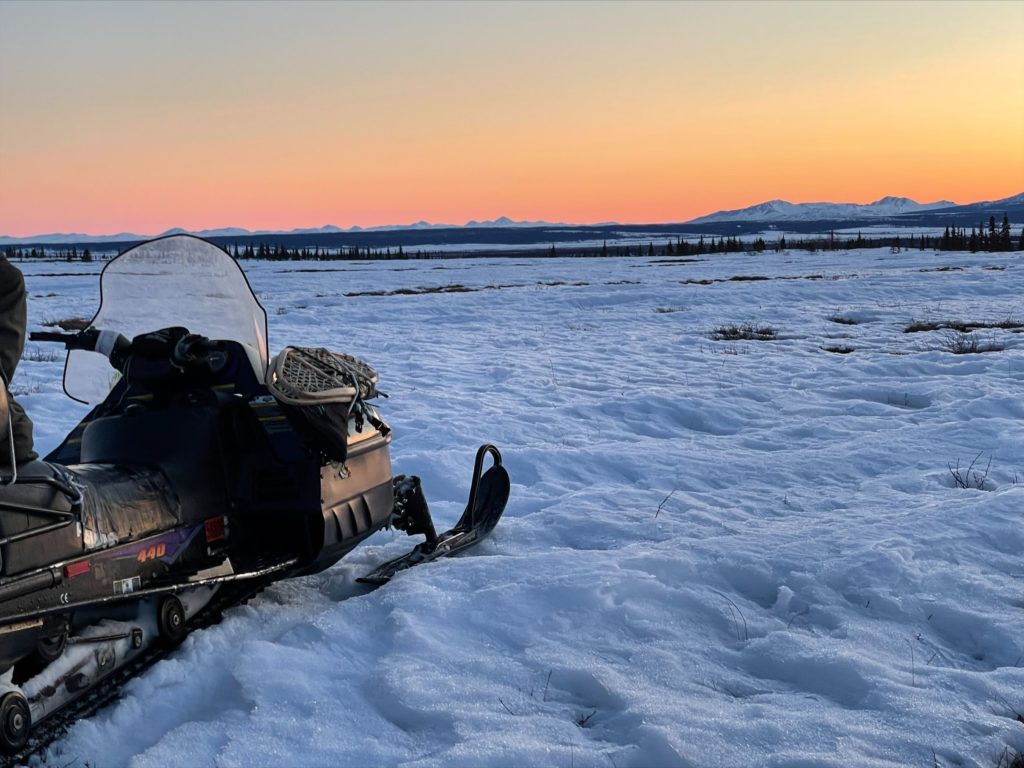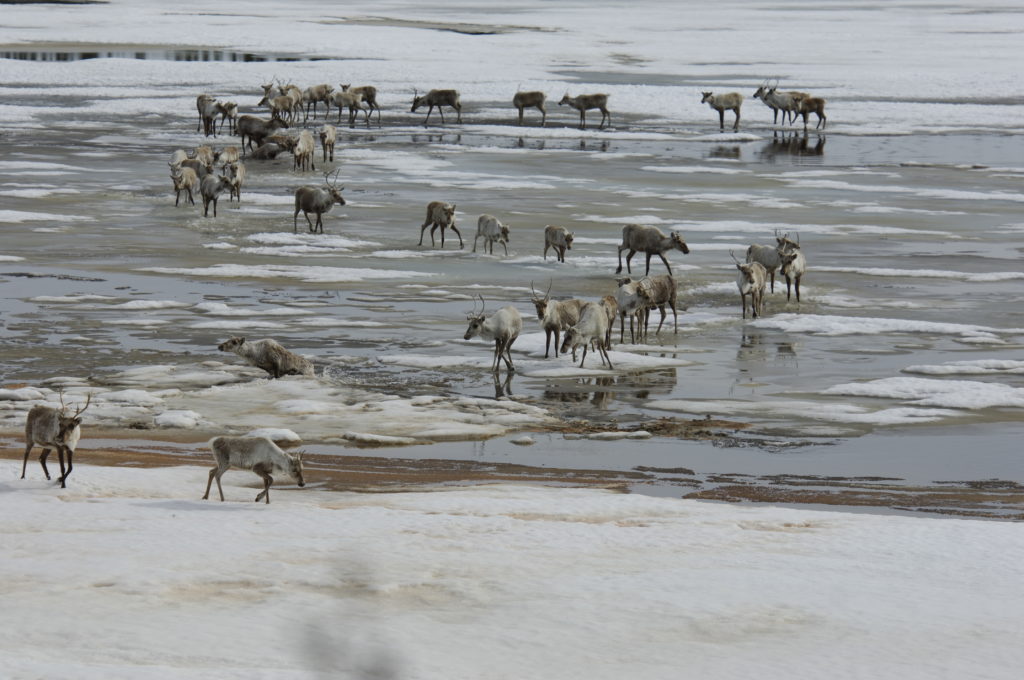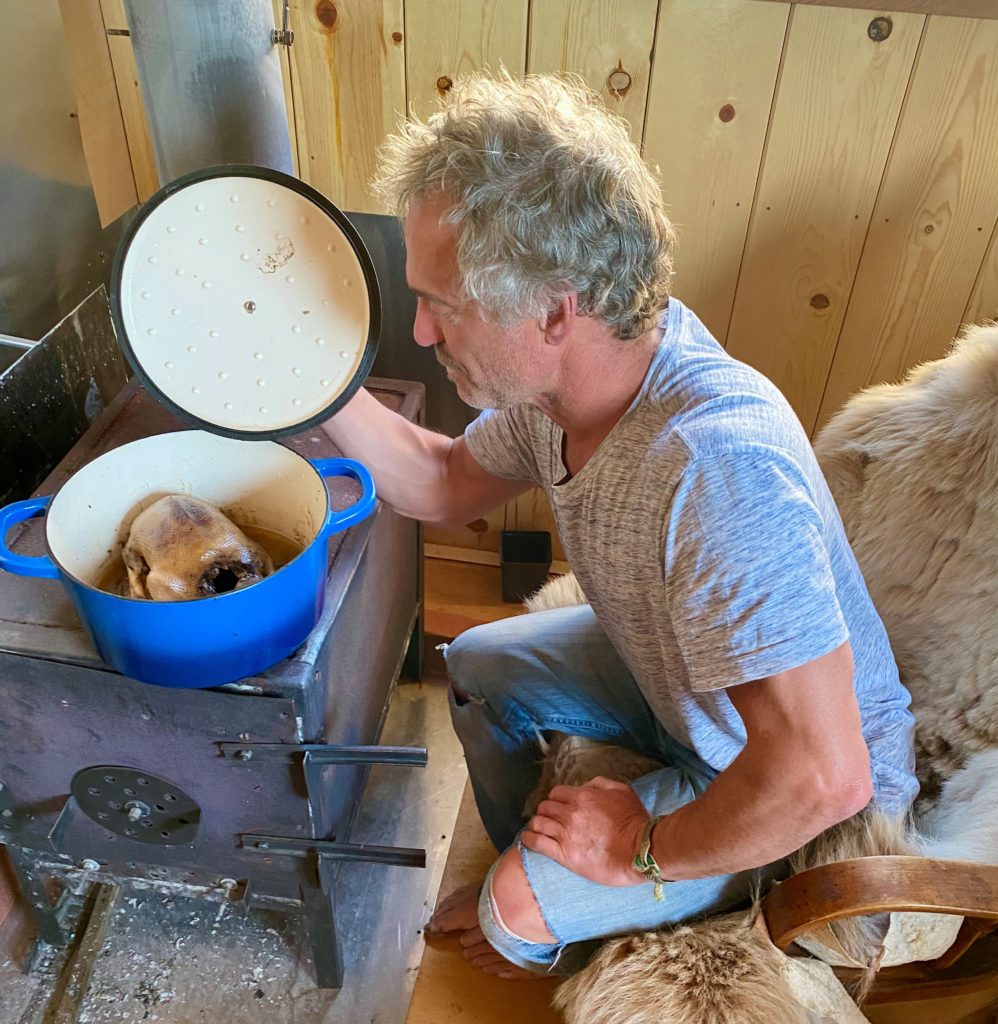As hotter, drier conditions challenge water resources in the West, lawmakers have opportunities to invest in resilience
As Congress marches toward a hotly contested 2022 midterm election, with the potential for a new political landscape in 2023, much of the American West is experiencing a historic multi-year drought. Lawmakers have taken notice, and recent hearings in the Senate Energy and Natural Resources and Agriculture committees have highlighted the serious drought-related challenges to fish and wildlife habitat. While D.C. remains gridlocked on a host of issues, Congress also has some immediate opportunities to deliver on water and conservation policies that invest in habitat, access, forest health, and drought resilience.
Here’s what the TRCP and our partner groups are prioritizing on Capitol Hill in the next six months.
Investments in Agricultural Conservation and Forest Management
The House-passed Build Back Better reconciliation package, which included $27.1 billion for climate-smart agricultural practices and an additional $27.1 billion for forest management and watershed restoration, has been on the back burner since last year. Over the past month, some reports suggest Senate Democrats may consider a slimmed down version of the package.
Even a skinny version of the original proposal, should it include funding for conservation and forestry, would provide a significant boost to the existing suite of farm bill conservation programs that are perennially oversubscribed and build on the Bipartisan Infrastructure Law’s investments in forest management and habitat restoration. The TRCP is pushing for investments that would improve habitat and resilience to drought and wildfire at a landscape level. These efforts are not only climate-smart but would also pay dividends by avoiding the cost of species recovery and disaster response down the road.
Advancing Water Conservation and Drought Resilience Legislation in Committee
Over the past several weeks, Congress has held multiple hearings on short- and long-term solutions to addressing drought in Western watersheds. At one of those hearings, on June 14, Bureau of Reclamation Commissioner Camille Touton made a groundbreaking announcement: To mitigate the impacts of drought on the Colorado River Basin, states must develop a plan by mid-August to conserve 2 to 4 million acre-feet of water on an annual basis—or collectively more Colorado River water than what is currently allocated for the entire state of Arizona.
The scale of this challenge is immense and will require that Congress support immediate investments to assist states, Tribes, and other water users in reducing overall demand, while prioritizing multi-purpose conservation approaches that benefit the fish and wildlife habitat that is important to hunters and anglers. TRCP, for its part, is working with key members of the House and Senate as they consider advancing a package of Western water measures with a particular focus on legislation that can help achieve this scale of water conservation, prioritizes long-term resilience, and restores riparian areas and wetlands that provide natural water storage and fish and wildlife habitat.
Sending the Water Resources Development Act to the President’s Desk
The Water Resources Development Act, which authorizes and advances U.S. Army Corps of Engineers water projects, is typically considered and passed by Congress every two years. The TRCP and many of our partner organizations keep an eye on this legislation, because it has real implications for fish and wildlife habitat and aquatic ecosystem restoration. The House of Representatives passed its version of the 2022 WRDA bill earlier this year and, while the full Senate has yet to consider WRDA, the Senate’s Environment and Public Works Committee unanimously approved its version of WRDA in early May.
Although the House and Senate versions are slightly different, both include a provision developed by TRCP staff that directs the Corps to study the benefits of natural infrastructure for enhancing the resilience of the agency’s reservoir operations to drought and wildfire, while benefiting fish and wildlife. Once the Senate acts on WRDA, it will be important for both sides to resolve their differences and send a final bill to the president’s desk, so that important ecosystem restoration projects continue or, in the case of the new natural infrastructure study, get underway.











Build back better,it will NEVER HAPPEN
Being an outdoor writer myself, (Texas Outback Magazine) belonging to the Texas OUtdoor Writers Association and the Outdoor Writers Association of America, I am a big believer in water shed management. to me if the water shed is taken care of and protected our lakes, ponds, rivers, and stream will continue to survive the droughts, wildfires, and other natural diseasters. Building reservoirs and other such large or small water entitites, over or above water sheds will lead to more difficult and unsolvable problems in the future. Be very careful of building or alternating the water shed just leads to more problems in the future.
The old fashioned term I would like to suggest here is public private partnerships. Depending on the locale and the willingness of public and private partners to participate in funding funding projects progress of various kinds could be made benefiting domestic, agricultural, commercial and/or industrial requirements as necessary. Unfortunately this will be an extremely difficult balancing act in many drought stricken areas. Desalination technology be a necessity in California, for example, and I believe some success has achieved in capturing moisture out of the water vapor in the air in Africa. I’m sure research into other techniques is being, can be or is being done.